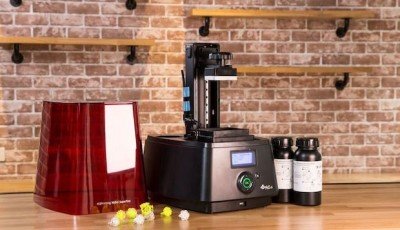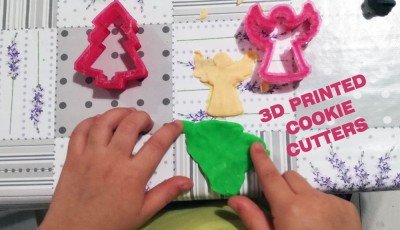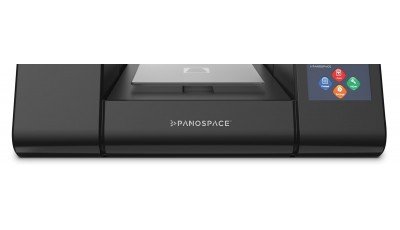Latest Blogs
List of G-Codes commonly found on FANUC and similarly designed controls
G-codes, also called preparatory codes, are any word in a CNC program that begins with the letter G. Generally it is a code telling the machine tool what type of action to perform, such as:
- Rapid movement (transport the tool as quickly as possible in between cuts)
- Controlled feed in a straight line or arc
- Series of controlled feed movements that would result in a hole being bored, a workpiece cut (routed) to a specific dimension, or a profile (contour) shape added to the edge of a workpiece
- Set tool information such as offset
- Switch coordinate systems
There are also other codes like for example the M-code.
ONO Team Finds Solution to Major Board Issues
For months, the ONO team has been working on compatibility issues between the printer and the hundreds of phones currently available on the market delaying shipments. From the start of the project, the decision was made to use the audio output to communicate with the printer to maximize the compatibility with phones, especially older ones, since a hardware connection through the audio jack is more reliable than wireless communication. What the team was not prepared for was the variation not only between phones, but between software versions on the same phone. Fixing problems on one system resulted in a degradation in another, causing a crippling problem.
XYZprinting Releases Nobel Superfine a 3D Printer for Jewelers and Dentists
The famous 3D printing company XYZprinting launched the new Nobel Superfine DLP an affordable 3D printer for jewellery designers and dentists.
Known for offering an extensive range of affordable 3D printers for both beginners and prosumers, XYZprinting seems to always have a new product up it’s sleeve.
3D printed cookie cutters for Christmas! A great way to have fun with kids over the holiday
Cookies are an important part of the holiday season, and if you're looking to add some 3D printed items to your Chrismas we can help!
We have something to make everyone's holiday season a little merrier and a whole lot tastier.
What is 3D Printing?
3D printing, also known as Additive Manufacturing, it is a term that refers to the wide range of technologies, where an item is built up in layers starting from a digital 3D file.
3D printing is the opposite of subtractive manufacturing which is cutting out / hollowing out a piece of metal or plastic with for instance a milling machine.
Ready, straight out of the box, Panospace ONE
Panospace 3D printer is one of the most efficient desktop 3D printers in the market considering both the printing speed and the print quality.











